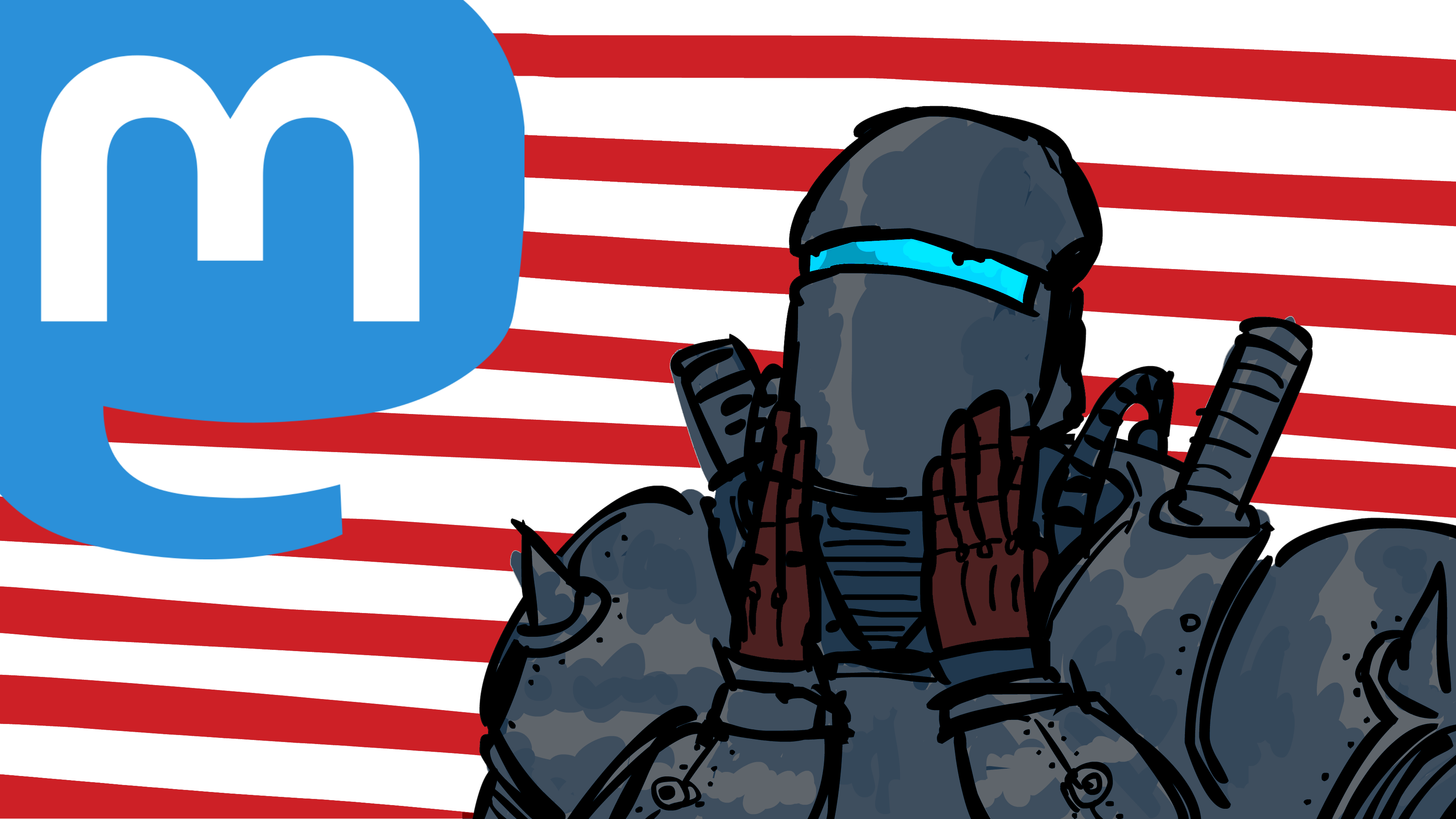@goethe there are better base models to use; a wide variety of loras and embeddings that exist solely to correct those issues.
making aure to generate pictures at the appropriate size and scale for your model, and spending the time to let it chug away on longer iterations to improve details helps substantially.
THEN you can resample a picture with another model on lower settings so itll sort of just touch up details; can do that infinitely if you want to, lots of settings to tweak and finetune things.
theres a process called inpainting in which you force the ai to redraw specific areas of the picture; useful for replacing those mutated sections or customizing hyperspecific details.
the most effective tool is to use ultralytics models; these are literally the same things the gov uses to identify faces and bodies in security cameras, we use them after initial iteration to have the ai identify the person/people/specific body parts in the picture, and redraw those with the explicit understanding of it being an individual.
honestly, anything coming out recently thats horribly deformed is either an ancient model and someone who doesnt have any experience running the program, or its somebody using some online service to generate for them (in which case there is no way to correct images or tailor them or tweak settings).
making aure to generate pictures at the appropriate size and scale for your model, and spending the time to let it chug away on longer iterations to improve details helps substantially.
THEN you can resample a picture with another model on lower settings so itll sort of just touch up details; can do that infinitely if you want to, lots of settings to tweak and finetune things.
theres a process called inpainting in which you force the ai to redraw specific areas of the picture; useful for replacing those mutated sections or customizing hyperspecific details.
the most effective tool is to use ultralytics models; these are literally the same things the gov uses to identify faces and bodies in security cameras, we use them after initial iteration to have the ai identify the person/people/specific body parts in the picture, and redraw those with the explicit understanding of it being an individual.
honestly, anything coming out recently thats horribly deformed is either an ancient model and someone who doesnt have any experience running the program, or its somebody using some online service to generate for them (in which case there is no way to correct images or tailor them or tweak settings).
@goethe the occasional accidents still happen, usually from experimenting with mixes of models and loras, not everything plays nice together. but theres always multiple options available to fix an image or generate it better.
Follow
@SaulofTarsus @bitterblossom The unfairness of "photographic evidence" (photos do and always have lied, showing things with no context or from a bullshit pov), I for one am glad video proof is being destroyed as a concept. From now on we're back to nobody knowing what the hell happened unless they were there and a part of it. The way the Lord intended.

nothing can be proven wholly true, but we can knock that down to a negligible, nigh impossible doubt and be certain of some things.
fortunately, we can almost always identify an ai created item as being artificial. its usually more obvious to forensics than human-doctored images.
only at very low resolutions would it be extremely difficult to tell, and at that point things are too blurry to be used as legitimately certain evidence anyway.